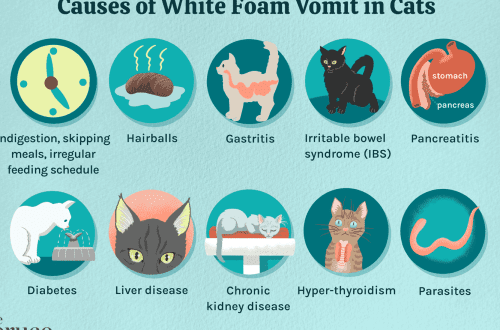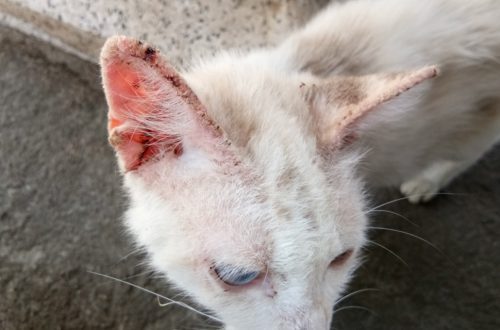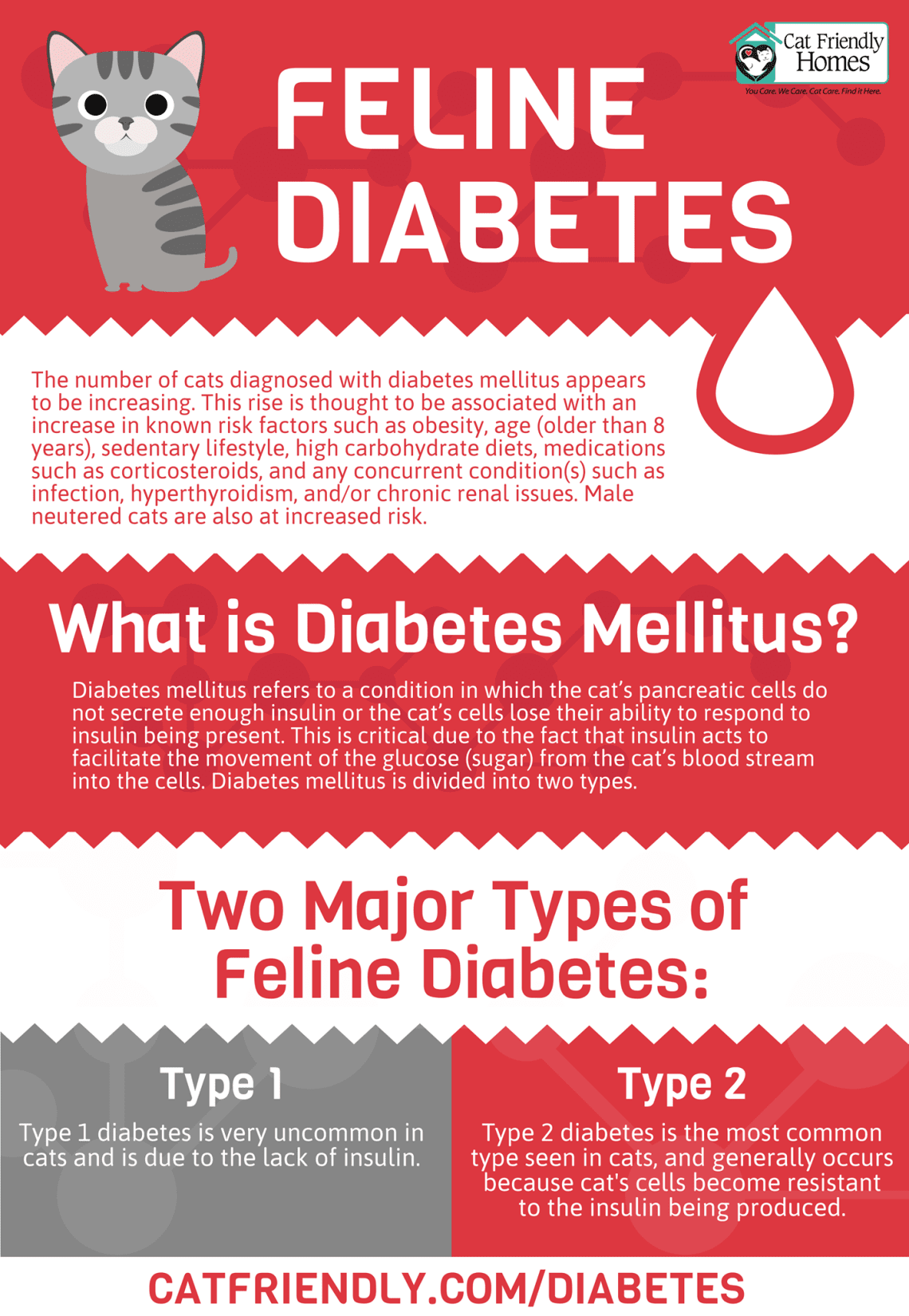
Diabetes Mellitus in Cats: Symptoms and Treatment
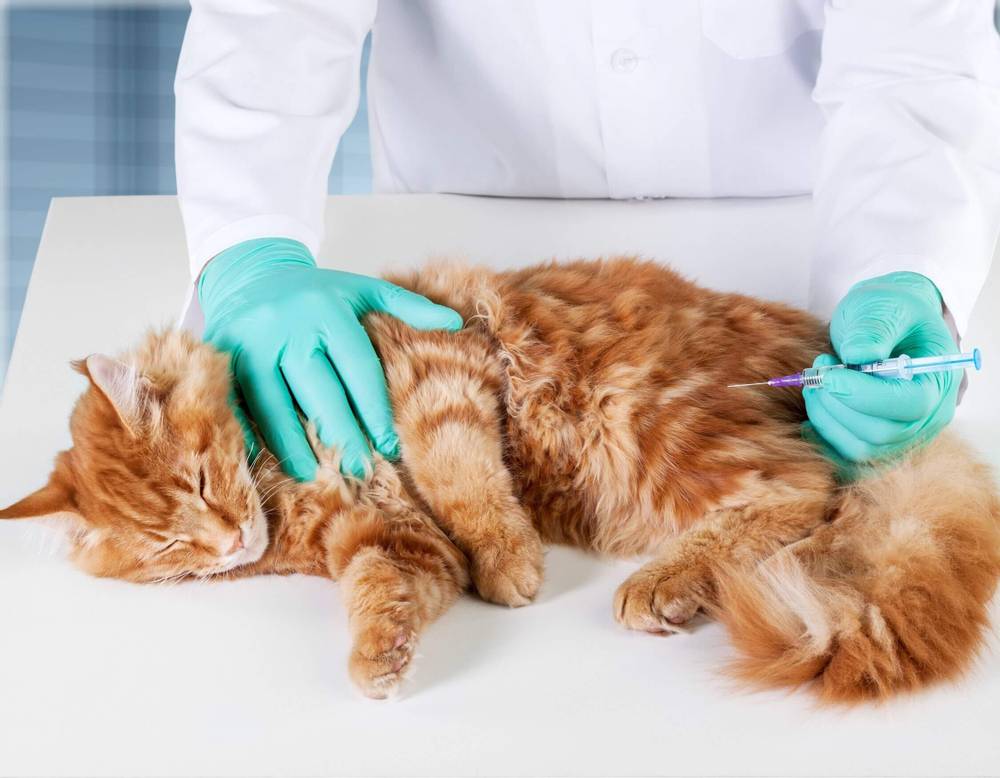
Contents
Diabetes in Cats: Essentials
Diabetes mellitus is one of the most common diseases of the endocrine system in cats.
To notice the first signs of diabetes in a cat (increased thirst and frequent urination) is quite simple.
Treatment requires the constant participation of the owner and teamwork with the doctor.

Causes of the disease
The exact cause of the disease has not been established, but there are a number of predisposing factors. These include:
Obesity
In overweight cats, the concentration of insulin in the blood is higher than in animals with normal weight, and the susceptibility of body cells to it, on the contrary, is less.
Treatment with hormonal drugs
Drugs such as glucocorticoids can raise blood sugar levels, which causes pancreatic exhaustion.
Diseases of the pancreas
The main organ that produces insulin is the pancreas. If its functional ability is reduced for some reason (for example, due to inflammation, neoplasms), then the amount of insulin produced also decreases.
Endocrine diseases
Diseases such as hyperadrenocorticism, acromegaly, and hyperthyroidism can lead to secondary diabetes in cats.
There are studies that indicate that sterilized cats and cats suffer from diabetes mellitus 2 times more often. This is most likely due to the fact that such animals are more prone to overweight. Also, elevated sugar can be found in the blood of pregnant animals, but this condition is resolved spontaneously.
Symptoms
The first symptoms of diabetes in cats include increased water intake and voluminous urination. This is due to the fact that elevated blood sugar, by osmosis, pulls water molecules from the intracellular space. Because of this, the pet feels constant thirst, and increased water intake naturally leads to increased volumes of urine. Urine becomes lighter, sometimes even transparent. Urine may feel sticky when cleaning the litter box.
Another common symptom is increased appetite. It occurs due to the fact that the cells of the body do not receive enough sugar and require more energy. In this case, the weight of the pet can both remain unchanged and decrease. In advanced cases, appetite may disappear, lethargy, apathy will occur.
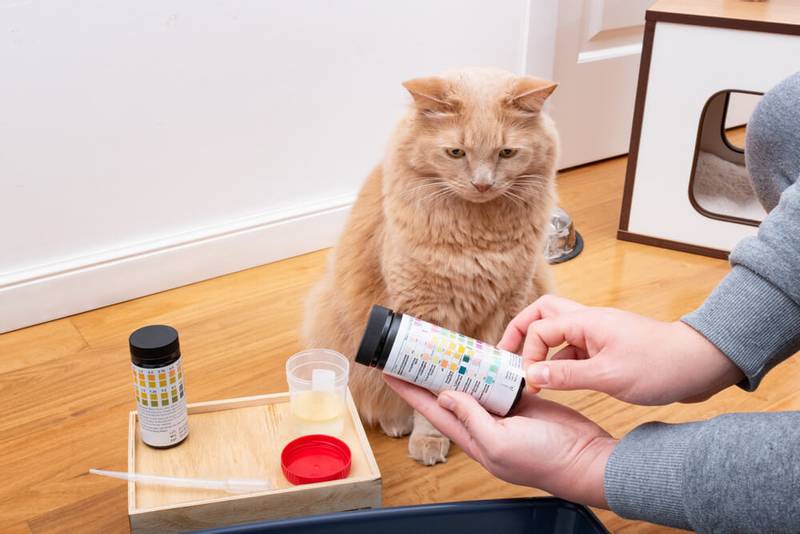
Diagnostics
The diagnosis is not particularly difficult. Symptoms such as increased thirst and urination give rise to suspicion of diabetes in a cat. To confirm this diagnosis, it is necessary to identify elevated blood sugar and urine. In healthy cats, the norm of sugar (glucose) in the blood is 3,3-5,6 mmol / l. There should be no sugar in the urine at all. Sometimes elevated blood sugar is found in healthy animals, and the diagnosis of diabetes can be misdiagnosed. During testing, the cat’s adrenal glands actively produce the stress hormone cortisol. Cortisol, in turn, leads to a false increase in blood sugar levels. At home, the cat does not experience such severe stress, and urine collected at home will normally not detect traces of glucose. It is also recommended that cats donate blood for a protein that transports glucose on itself – fructosamine. The increase in fructosamine levels occurs gradually over 2-3 weeks, and stress during a visit to the clinic does not affect it. Thus, finding elevated levels of fructosamine can also confirm diabetes in a cat.
Additional studies are needed to rule out comorbidities in diabetic cats. These include a general clinical blood test and biochemical, in cats older than 7 years, the level of the hormone thyroxin is also examined. Ultrasound is performed to exclude changes in the pancreas and adrenal glands.
Diabetes treatment
For any form and symptoms of diabetes in cats, the main method of treatment is the administration of insulin preparations. At the initial appointment, the endocrinologist will tell you about the types of insulin preparations, which syringes you need to choose, how to give a hypodermic injection and how to use a glucometer. Usually, the minimum starting dosage is prescribed first, insulin is administered twice a day at regular intervals. At home, it is necessary to measure the level of glucose and build a sugar curve in order to select the optimal dosage in the future. The selection of the dosage can take quite a long time, in some cases it lasts several months. Do not be afraid of high sugar levels for the period of dose selection, the body needs time to adapt to new conditions. If you immediately enter a high dose of insulin, sugar can collapse sharply.
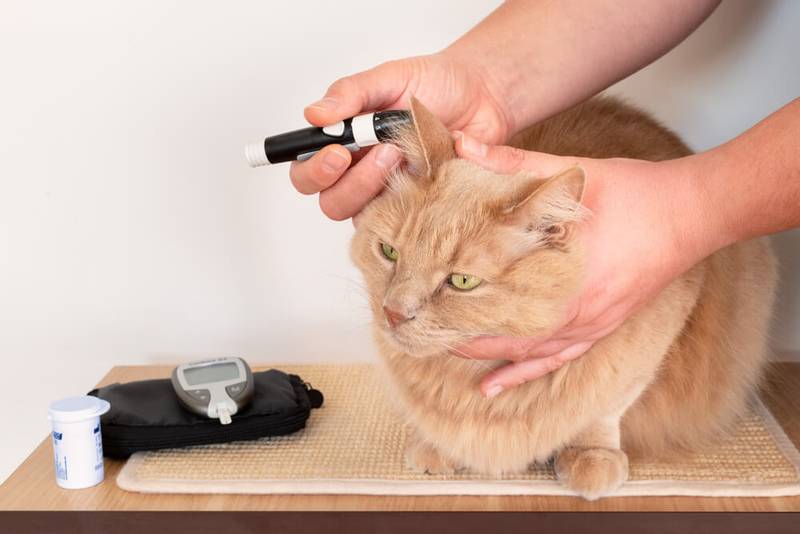
When sugar falls to 3 units and below, you must immediately feed the cat, lubricate the gums with honey or sweet syrup and immediately go to the clinic. When sugar falls to 1 mmol / l and below, hypoglycemic coma may occur.
Dining with diabetes
Animals diagnosed with diabetes mellitus are required to follow a strict diet. It is usually recommended to divide the feeding into three parts. Give one third of the food along with the morning injection of insulin, the second – along with the evening, and give the third part little by little during the day or night, as the cat used to before. For feeding, it is better to use special therapeutic diets for cats with diabetes, such diets are available from many feed manufacturers. These foods contain a reduced number of carbohydrates in the composition and allow the use of lower doses of insulin. If the cat eats only natural food, such a diet must be agreed with a veterinary nutritionist. Particularly fastidious cats are allowed to remain on their usual daily diet, but one must be prepared for the fact that such an animal will require a higher dose of insulin preparations. You can even consult on nutrition issues online – online consultations are conducted by veterinary nutritionists in the Petstory mobile application. You can download the application from the link.
Prevention
In order to prevent diabetes in cats, you should carefully monitor your pet’s weight gain. At the first sign of excess weight, you should consult a doctor for a consultation. Annual preventive examinations help to detect deterioration in health at an early stage, which will allow better control of the course of the disease and avoid complications.
13 May 2021
Updated: July 24, 2021



